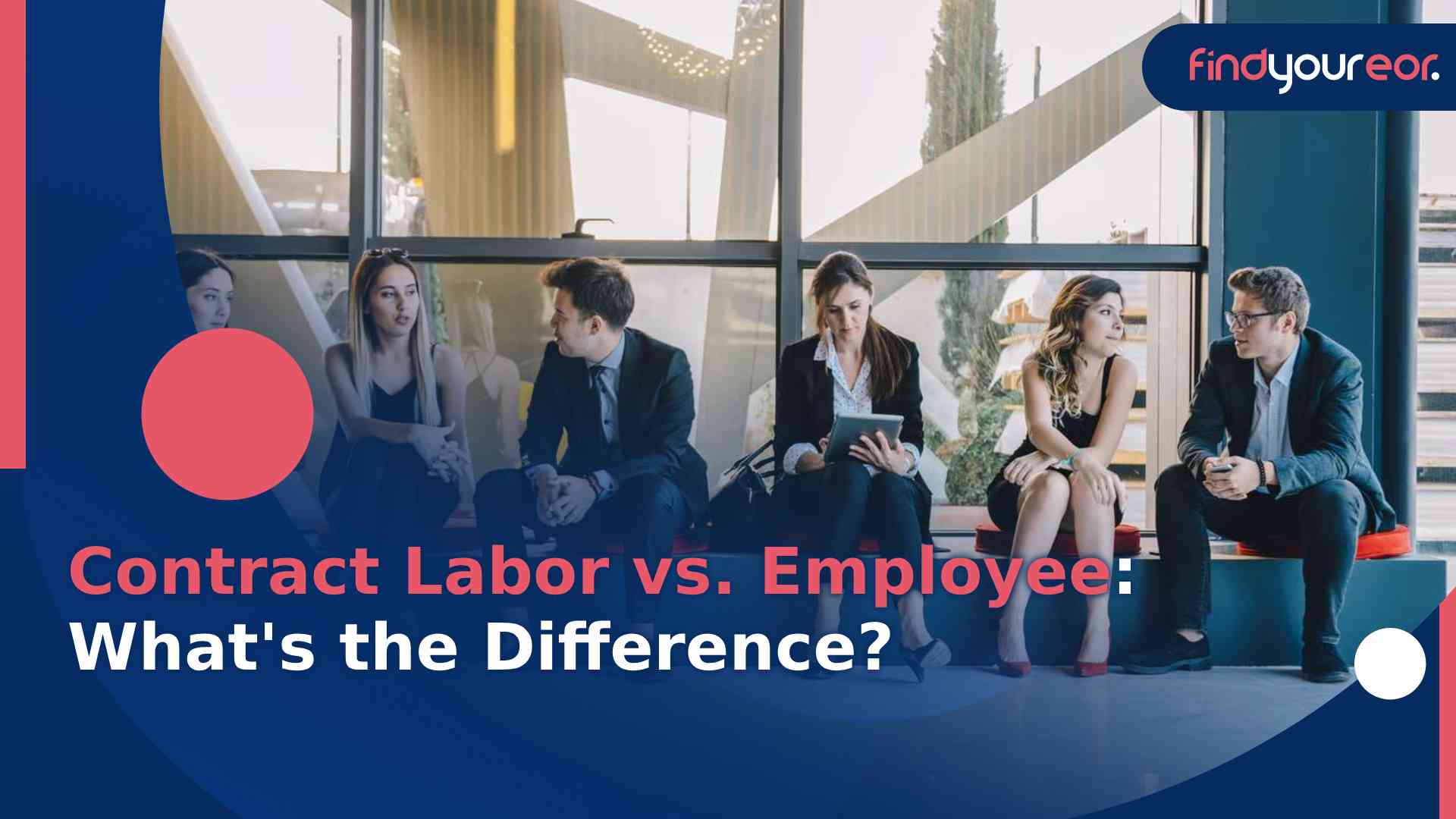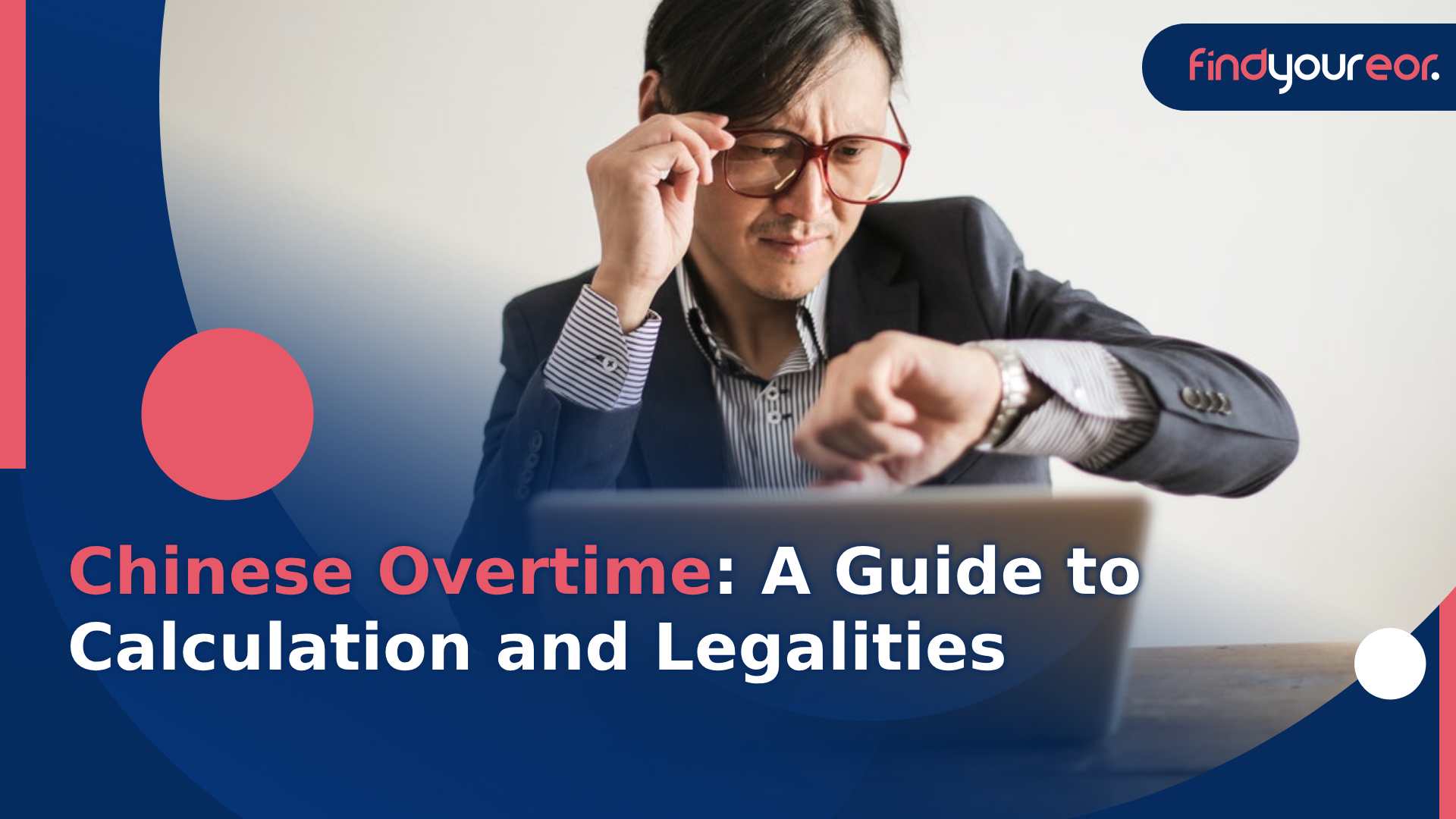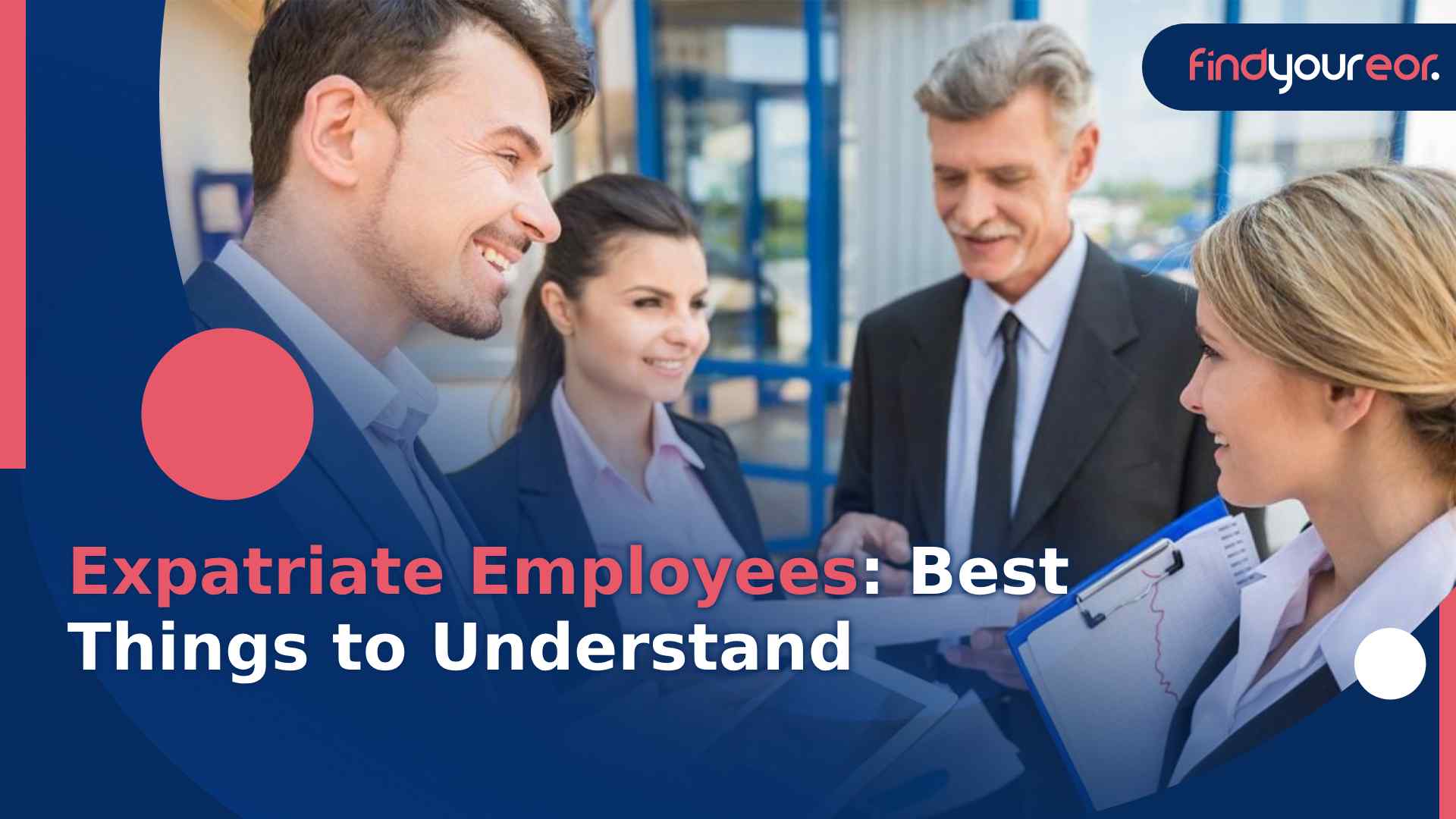What is DEIB?
Last update: August 3rd 2023
Innovation can be sparked and psychological safety is possible in an inclusive workplace. Starting with tackling unconscious prejudice within your workforce is a good place to start. Although DEIB objectives are becoming more significant for HR teams, many are still learning about the DEIB field. Learning what is DEIB is essential for managers and staff alike.
In this article, we will be discussing what is DEIB. Recent instances of prejudice make everyone more conscious of the importance for further action, both inside and outside of our organizations. If you are unsure of what is DEIB or what you can do to make the workplace more welcoming for minority groups, keep reading to find more about DEIB best practices.
Assessing Diversity and Inclusion
Let us define DEIB. DEIB is an acronym that stands for:
· Diversity
· Equity
· Inclusion
· Belonging
It has emerged as a cornerstone for business and Global HR strategy as firms focus on creating inclusive workplaces that enable long-term growth and innovation.
Diversity refers to how diverse a company is, including in terms of:
· Sexual orientation
· Age
· National origin
· Physical ability
· Religion and other factors in addition to race and gender.
For instance, even in workplaces with a varied range of ethnicities, not everyone is going to feel respected or welcomed.
With the aim of guaranteeing that all workers have equal opportunity to advance, equity measures how impartial and fair the workplace is. Additionally, it entails giving unheard voices a platform, confronting unconscious prejudices, and delivering welcoming, culturally sensitive treatment through a wellness plan.
Inclusion emphasizes the significance of fostering a friendly atmosphere for everyone, not merely making sure that people receive care equitably. Employers should prioritize ensuring that everyone is heard and has the chance to voice their ideas. Not just those who enjoy being in the spotlight, in both policy and practice.
The final piece of the jigsaw and an update to DEIB elements is belonging. It stands for the kinship and positive connections that develop between workers from different origins when companies actively encourage inclusion, equity, and diversity at work.
The best method for assessing DEIB inside a company is to first recognize and comprehend the difficulties that marginalized groups might face. Plus, the situations in which these difficulties might manifest. It is crucial to take into account which organizational procedures or policies. Including parental leave rules or hiring procedures, may be discriminatory or exclusive to particular groups. Only when this has been taken into account can you start to look at inclusion measurements, tracking, and intervention.
Establishing Workplace Equity
Now that you know what is DEIB, here why it is essential to establish DEIB in the workplace. The main goals of workplace equity are to empower employees and create an equal playing field for all workers. Organizations that support DEIB in work environments get a competitive edge of hiring a diversified pool of talent.
Equity in the workplace refers to addressing people fairly. Transparency in cause and effect is clear, with everyone expecting the same in the form of penalties and rewards. There is equal possibility when there is equity. When equity is prioritized, it fosters an enjoyable workplace for both employees and employers.
Equal chances and treatment for all employees are the hallmarks of practically every organization's implementation of workplace equity. But beyond the surface, each organization has its own idiosyncrasies. The effectiveness of your workplace equity implementation will depend on these details.
Here are nine strategies for increasing workplace equity:
DEIB research and look into data
A good starting point is having enough knowledge. Understand the context, history, and history. Businesses have to inform themselves on scientific discoveries, sociological studies, and industry research conducted by current and former companies.
You can get assistance from a variety of anti-racism resources both online and offline. By conducting your research, you will move closer to equity in the workplace.
You need to know where you are in regard to metrics in the second phase. You must gather and analyze the pertinent data from your employees to determine the demographics of your business. Including the team in charge.
Set the standard and indicators for the DEI objectives you want to attain after gathering the necessary data. The metrics consist of:
· Recruitment data
· Training data
· Advancement data
· Employee exit feedbacks
· Employee engagement survey
Set targets and examine talent pools
As a company, you must establish measurable goals from the very beginning of the employment procedure. Your hiring procedure must be transparent, from job specifications to pay equity. You'll be able to successfully entice a varied, equitable, and inclusive staff by doing this.
You can get ideas from companies like Adidas that make a public commitment by hiring members of underrepresented groups in society.
By tying quantifiable results to compensation, primarily for the leadership positions and the general bonus pool, a business demonstrates responsibility in the DEIB process.
Examine the talent pools available to you and the recruitment tactics your talent procurement team employs. Decide in advance where you will post your employment adverts. Step outside of the homogeneous platforms to draw a varied talent pool. Utilize offline and online channels to draw customers from all spheres of society.
Knowing what is DEIB is essential. DEIB is a huge competitive advantage for businesses when it comes to hiring because it helps to foster a culture of equality for all employees. You can retain employees by creating a welcoming and egalitarian workplace by hiring diverse applicants.
Hire and onboard accordingly
Contrary to the traditional notion of employment, modern, varied businesses hire people for their cultural contributions. Employers who share your company's ideals and contribute different viewpoints and life experiences to team conversations are essential.
Not the person who only matches the post, but the best applicant for your team, should be chosen. When hiring, don't merely focus on a candidate's degree or experience. A professional worker could be capable but have the wrong mindset. As a result, you must be cautious while selecting staff and refrain from displaying any bias.
Consider prolonging the onboarding process over a week as an employer or HR manager. Consider developing an onboarding strategy that offers ongoing assistance for at least 6 months or maybe a full year. By doing this, you can make sure that your new hires are prepared to succeed.
You must provide a mentor for growth and development if you employ people from socially marginalized groups. Include this in your onboarding process. Check back later at regular intervals to see if the assistance was helpful and the mentee-mentor relationship was successful in helping the organization reach its objectives.
Do not discriminate and embrace equity
From the hiring stage to the exit interview, your company's human resources staff must treat everyone fairly. No employee shall be subjected to discrimination at work.
You must reject discrimination against any employee, either privileged or marginalized, if you want your workplace to be just and equitable.
The fact of gender discrimination in the workplace must be addressed, and you must take no short cuts. Promoting workplace equity is a trait of a leader when it comes to gender equality.
You need to have an equal number of workers from all gender identities if you want to embrace diversity at work. Additionally, you must treat both male and female employees equally and provide them with similar opportunities.
Inclusive Hiring and Promotion
Knowing what is DEIB, leads to some suggestions to assist you in creating a workplace that is more fair and respectful.
· Establish your criteria: You must specify the abilities, qualities, and values you are seeking in individuals before you begin hiring or promoting. Ensure that these requirements are pertinent, quantifiable, and in line with the culture and goals of your firm. Avoid using ambiguous or subjective language because it may result in varying interpretations or preferences. Use these criteria as the foundation for your testing and evaluation, and be sure to share them with your team, HR, and candidates.
· Employ organized interviews: The informal interview, in which you ask various questions regarding various candidates or depend on your own intuition or opinion, is one of the frequent reasons for bias in promotion and hiring. Use an organized interview method to ask the identical questions to all applicants according to the criteria you already specified in order to prevent this. Score each response using a scale or a rubric, and then write down your comments and justifications. By doing so, you can assess candidates fairly and objectively while minimizing the impact of your own biases or assumptions.
· Find diverse perspectives: Include a variety of people in your recruiting and promotion decisions as another employee strategy to decrease bias and improve inclusiveness. Depending on the situation and your role, ask your teammates, peers, superiors, or outside specialists for their opinions. Ensure that these individuals reflect a variety of experiences and viewpoints, and that they have received training on how to do so. Discuss any inconsistencies or conflicts after hearing their viewpoints and observations. By doing this, you can take advantage of other points of view and make sure that your choices are not impacted by your own prejudices or misconceptions.
Building Belonging and Psychological Safety
Building diverse, psychologically secure workplaces is important for developing creative, effective businesses, according to research. As supervisors or leaders, we can promote an environment where all workers believe they belong, encourage a more imaginative and innovative workplace, and support the success of our colleagues.
Lets examine three measures managers can implement to promote belonging and psychological safety on employees:
Listen and engage with your team: Having talks with team members while actively listening to them is one of the most crucial approaches to promote psychological safety. When we are paying attention actively, we are not considering our dinner plans or answering emails. Additionally, we are not anticipating the other person's response or delaying our opportunity to speak. Instead, we are mindful, in the moment, and fully attentive to what is being said to us. We are making eye contact, observing the speaker's tone and body language.
Be inclusive: Establishing psychological safety also requires being inclusive in social settings. This calls for understanding our team's individual working styles and making accommodations for them.
Your team might establish standards on preferred working methods and styles. Managers can begin by speaking with each of their team members individually. Ask them if they prefer to work in blocks of continuous time for intense concentration. Do they favor scheduling meetings for the morning or the afternoon? Do they have a set plan for when they will be unavailable and away from their desk?
Finally, it is a smart idea to develop working rules with your team as a whole so that everyone may interact with one another in an inclusive and psychologically safe. To give everyone a chance to prepare in advance if necessary, this could involve publishing the schedule for each meeting or adopting celebratory customs that take everyone into account.
Monitoring DEIB Initiatives
Your business must have a clear reporting framework for DEIB indicators. Starting with people analytics, you should regularly ask your staff about their feeling of belonging.
Additionally, you must link your talent, employee retention, and employee advancement programs to your DEIB plan. The extent to which you will grant equitable access to chances within the firm is ultimately determined by these crucial factors.
In divided workplaces, vulnerable people may not feel able to speak up, express their opinions, or promote their contributions to initiatives. It is crucial to have trustworthy and precise criteria for career advancement because of this. Not only can it make your employees feel appreciated, but it will also improve your chances of finding top talent.
DEIB may appear to be a difficult task at first, but putting these techniques into practice has the potential to spur corporate expansion and foster a welcoming atmosphere where everybody feels comfortable. Most companies use the support of an Employer of Record as DEIB consultant to instate why is DEIB important in the workplace.



















